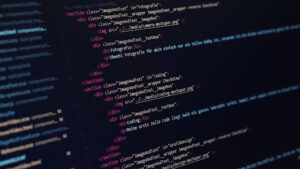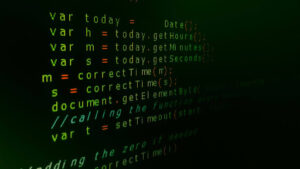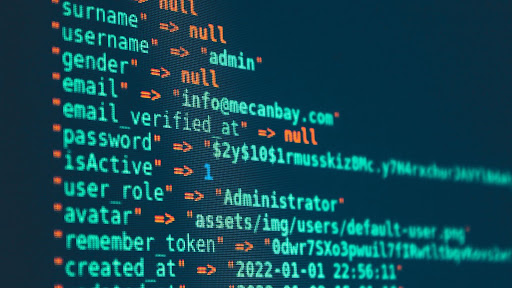Diving into the world of computing texts, we’ll unravel the intricate threads that weave this digital tapestry. We’ll explore how they’re created, how they work, and why they’re so essential in today’s tech-driven world. With each paragraph, you’ll peel back a layer of the mystery, revealing the fascinating world that lies beneath.
So, whether you’re a seasoned tech whiz or a curious novice, there’s something in this exploration of computing texts for you. Let’s embark on this journey together, and discover the power and potential of computing texts in our interconnected world.
Computing Texts
Unravelling the complexity of computing texts involves attaining a foundation in code recognition, interpreting patterns, and grasping comprehensions. These texts, dominated by digital characters, comprise a language unique to computers and automation systems. Recognizing patterns is vital, as it aids in discerning trends and noticing anomalies in data sets. Such patterns, like loops in programming languages (e.g., JavaScript or Python), enable repetitive tasks, enhancing the efficiency of codes. Meanwhile, comprehension involves interpreting the meaning behind these patterns, converting codes into meaningful tasks for automation.

Further, the essence of computing texts is grabbed through knowing its components. Herein, the core elements include variables, operators, data structures, and control flows. Variables function as containers storing data values. For example, a variable “x” might store a numeric value such as “10”. Operators help manipulate stored values, like adding or multiplying variables. Data structures organise and store data efficiently, such as arrays in JavaScript, storing multiple values under single variables.
Finally, mastering computing texts involves an understanding of functions and procedures, key parts of any computing language. Functions are groups of related instructions, as seen in Python where a function “myFunction()” could be defined to perform specific tasks. Similarly, procedures control the computer, issuing it a series of steps to follow to achieve a certain outcome.
Techniques for Analysing Computing Texts
Extracting significant information from complex computing texts demands a set of specific techniques. These techniques enable individuals to decode the underlying structure, patterns, and logic within binaries and codes, offering opportunities to comprehend, modify, or even develop functional computing procedures and applications.

Text Mining: A powerful strategy for identifying patterns and deriving valuable insights from bulky data, text mining involves examining text data, categorising it, clustering related details, and summarising the provided information. For example, Google’s search algorithms deploy text mining to deliver relevant results to queries.
Information Retrieval (IR): This technique ensures effective extraction of the required information embedded within a computing text. IR systems, such as Google Search and Bing, employ NLP and AI to retrieve significant information from massive data repositories.
Natural Language Processing (NLP): NLP proves integral to analysing computing text, as it interprets the computing languages, breaking them down into understandable segments. For instance, voice-activated systems like Alexa use NLP to comprehend and respond to voice commands.
Machine Learning Models: Machine learning offers automated analytical model building. It uses algorithms to train machines on data sets, enhancing their ability to recognize patterns within computing texts. An example includes recommender systems used by Netflix or Amazon.
Applications of Computing Texts
In the digital landscape, computed texts find their utility in numerous areas. They transform complicated computational information into easily understandable texts, thus making them integral to the tech industry’s success. The context for their use ranges from data accumulation to script analysis, and it extends to more intricate applications such as algorithm development and software testing.
One crucial area of application is Big Data Analysis. Advanced text mining techniques interpret huge volumes of unstructured data, drawing out hidden patterns, trends, or correlations. They enable businesses to understand consumer behaviour, predict market trends, and make data-driven decisions.
Then comes Information Security. Computing texts assist in designing robust algorithms for encryption and decryption. They safeguard valuable digital resources from hackers, ensuring the privacy and integrity of data. For instance, developers use complex codes to enhance firewall efficiency, which reinforces network security.
